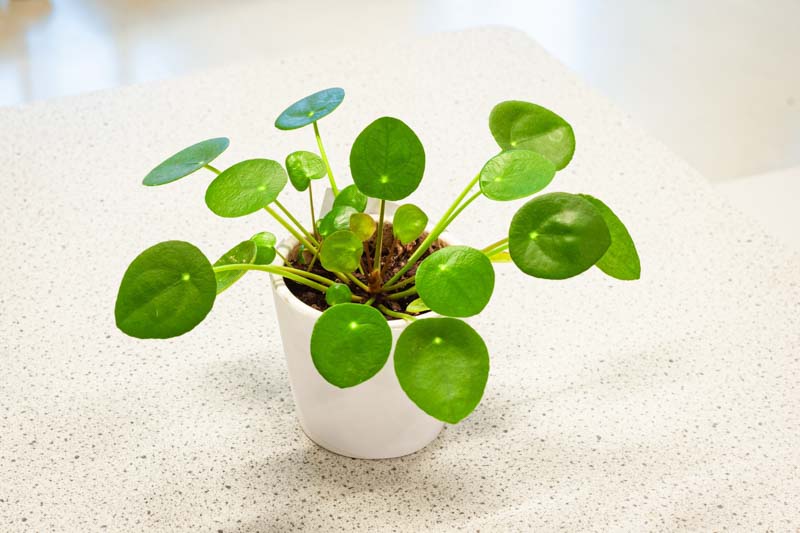The Lush Appeal of Pilea: Foliage Varieties and Care
Pilea, a diverse genus within the Urticaceae family, encompasses over 600 species of perennial plants, widely celebrated for their unique aesthetic appeal and ease of care.
Habits: These plants exhibit a variety of growth habits, including upright, bushy, and trailing forms, making them versatile in both indoor and outdoor settings.
Hardiness: While the hardiness of Pilea species can vary, many are suited to the warmth of USDA hardiness zones 10-12 if grown outdoors; however, they are predominantly cherished as indoor plants due to their preference for stable, moderate temperatures and protection from extreme weather conditions.
Foliage: The foliage of Pilea plants is where they truly shine, offering an array of colors, textures, and shapes. From the round, coin-shaped leaves of Pilea peperomioides, known as the Chinese Money Plant, to the delicate, silver-dotted leaves of Pilea glauca, there’s a Pilea variety to match any plant enthusiast’s taste. This diverse foliage not only adds a visual interest but also contributes to the plant’s ability to blend into various decor styles, from minimalist to tropical.
Uses: Pilea plants are used in a variety of ways, including as tabletop plants, in hanging baskets, or as part of terrariums and dish gardens. Their easy-going nature makes them suitable for offices and homes alike, requiring only moderate care to thrive.
Benefits: Beyond their decorative use, Pilea plants offer several benefits, including improving indoor air quality by filtering out common pollutants, thus contributing to a healthier living environment. This, combined with their non-toxicity to pets, makes Pilea plants a popular and safe choice for households.

